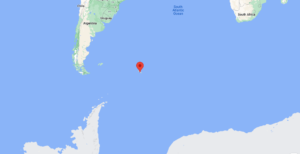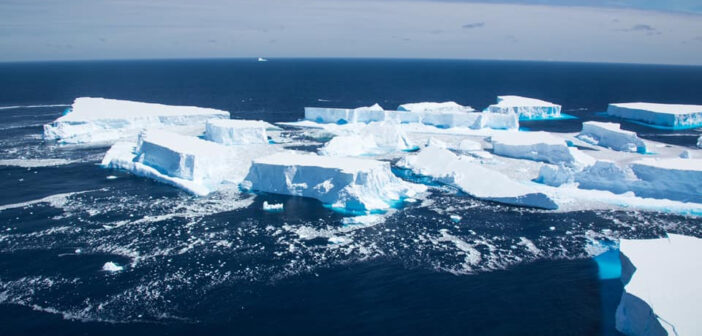One of the largest icebergs ever measured (roughly the size of Delaware) has broken up near South Georgia Island in the South Atlantic, releasing billions of tons of fresh water into the ocean and potentially affecting life at sea and on shore.
The iceberg was known as A68A, and it broke off the Larsen-C Ice Shelf in the Antarctic in July, 2017. At the time, it was more than 100 miles long and 30 miles wide. It also was almost 800 feet thick, with only the top 120 feet showing above the surface.
Scientists from the European Space Agency said it was a “mega” iceberg and it stayed that way as it made its journey from the cold waters of the Weddell Sea near the Antarctic Peninsula across the Drake Passage. By the time it broke up recently in the warmer waters of the South Atlantic near South Georgia, it had traveled about 1,000 miles.

By the time of the breakup, the melting ice had released 150 billion tons of fresh water into the ocean (that’s enough to fill an Olympic-sized swimming pool 61 million times). The fresh water can affect plankton and other organisms in the marine food chain; it’s rich in iron and other nutrients.
Earlier, scientists were worried that the iceberg would affect the millions of penguins and seals that breed on South Georgia if it actually reached the island. The closest it ever got was 38.5 miles, and so far scientists haven’t found any changes in the wildlife behavior there.

They also worried that A68A might be grounded, running into the ocean floor, creating havoc on the ecosystems there. A68A apparently broke up instead, but now scientists worry that other icebergs could ground in the area as more and more Antarctic ice sheets are flowing north as a result of global warming. Read more at https://www.nytimes.com/2022/01/26/climate/iceberg-a68a-antarctica.html?




